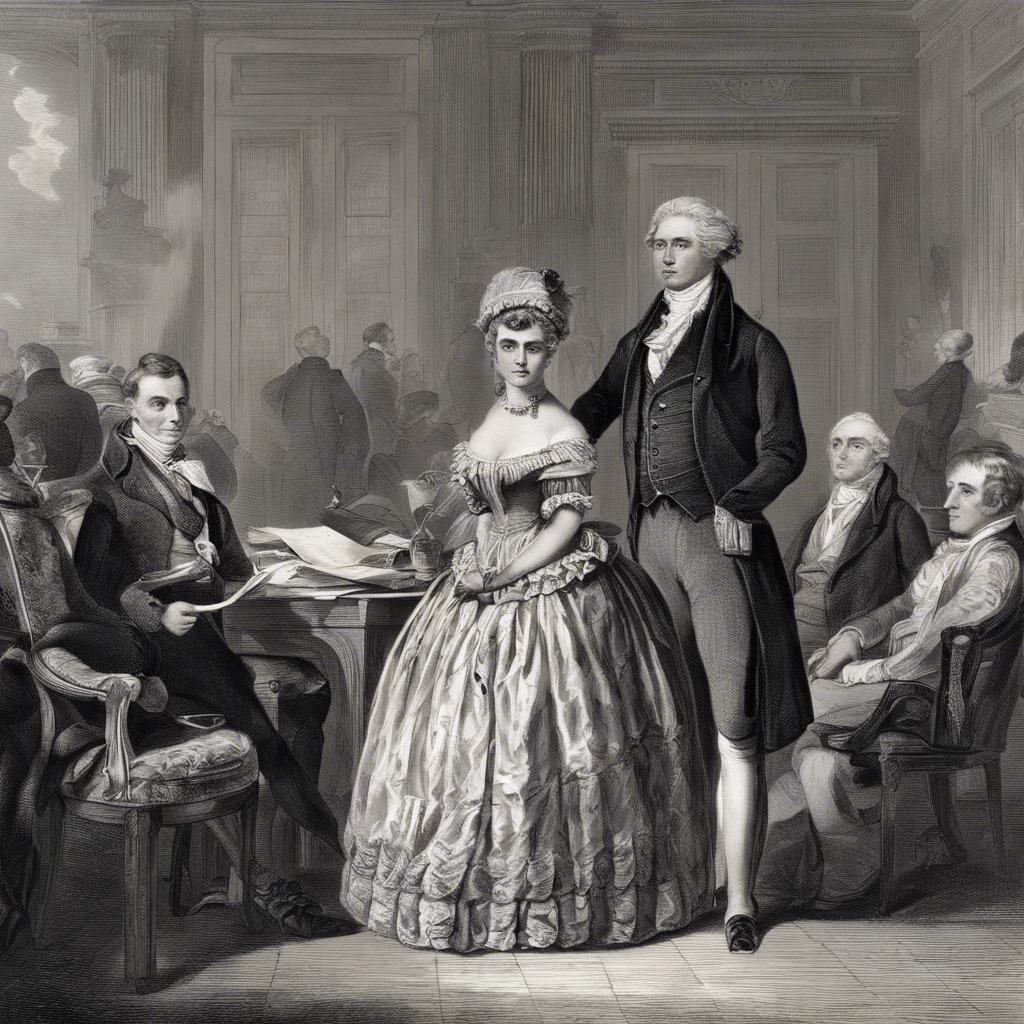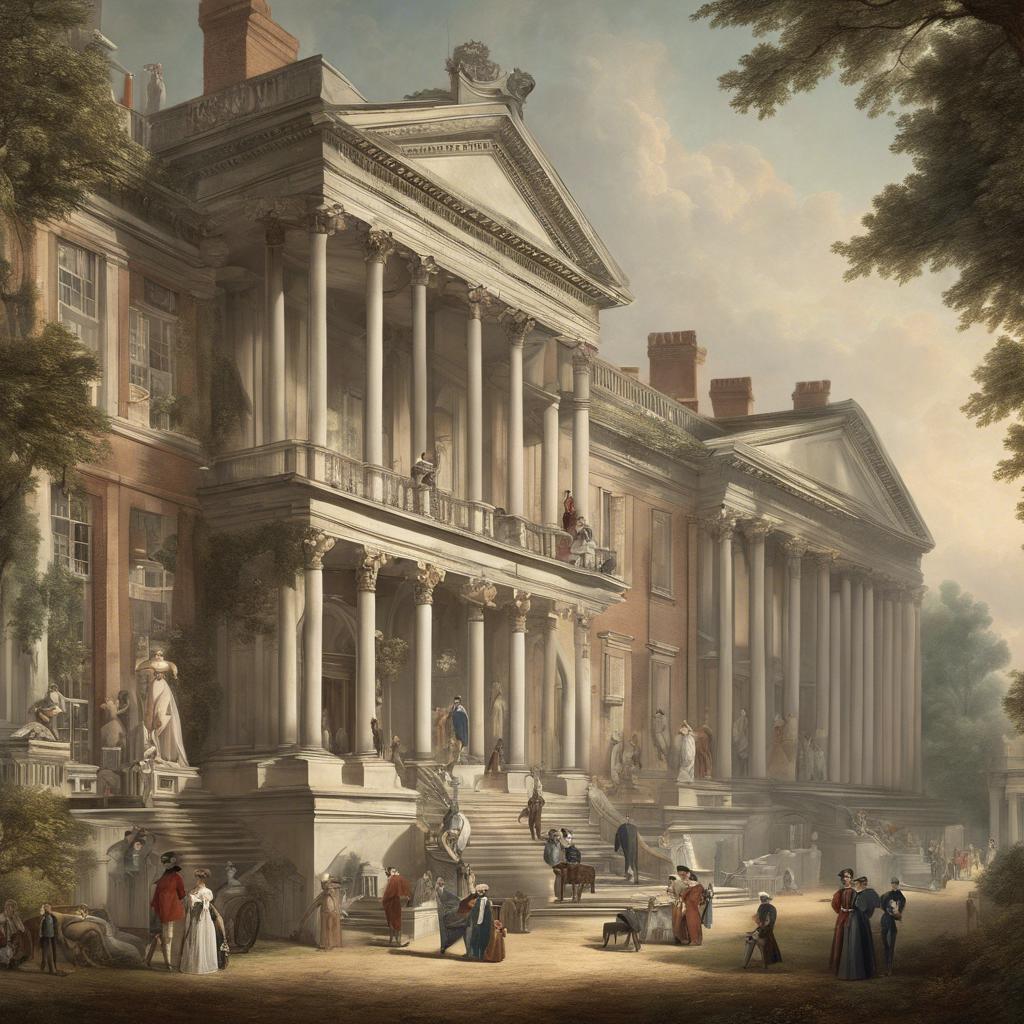The Regency Era, a period defined by the regency of Prince George IV in England, came to a close in the early 1830s. This pivotal time in British history marked a transition from the Georgian era to the Victorian era, shaping the political, social, and cultural landscape of the nation. In this article, we will delve into the events and circumstances that led to the end of the Regency Era, exploring the key factors that brought about this significant historical shift.
Step Into the World of Cheryl Bolen
Dive into the enchanting stories of love, intrigue, and elegance set in the Regency Era. Cheryl Bolen's novels offer timeless romance and captivating tales that will leave you wanting more.
Explore Cheryl Bolen's Books Now
– The Transition Away from Regency: Political and Social Changes in Early 19th Century Britain
In the early 19th century, Britain was undergoing a significant transition away from the Regency era, marked by a series of political and social changes. The Regency era officially came to an end on January 29, 1820, with the death of King George III. This event led to the ascension of King George IV to the throne, signaling the beginning of a new era in British history.
During this transition period, there were several key developments that shaped the political landscape of Britain. The passing of the Reform Act 1832 was one of the most notable changes, which aimed to reform the electoral system and increase parliamentary representation. This act marked a shift towards a more democratic political system, although it still fell short of universal suffrage.
On the social front, the early 19th century saw the rise of industrialization and urbanization, leading to significant changes in the structure of British society. The growing middle class gained more influence and power, while working conditions for the lower classes deteriorated. These societal changes laid the groundwork for further reforms and movements towards greater social equality in the years to come.
– The Impact of Queen Victorias Reign on the Conclusion of the Regency Era
In 1837, Queen Victoria ascended the throne, marking the beginning of a new era in British history. The impact of Queen Victoria’s reign on the conclusion of the Regency Era was significant, as it marked the end of the Regency period and the beginning of the Victorian era. During Victoria’s reign, there were many changes in society, politics, and culture that set the stage for the modern era.
One of the most notable impacts of Queen Victoria’s reign on the conclusion of the Regency Era was the shift in focus from the extravagant and scandalous behavior of the Regency period to a more conservative and moralistic society. Victoria’s strict moral code and commitment to family values helped shape Victorian society and laid the foundation for many of the societal norms that would endure for decades to come.
Queen Victoria’s reign marked the end of the Regency Era and the beginning of a new chapter in British history. Her influence on society, culture, and politics during the Victorian era was profound and long-lasting, shaping the course of British history for years to come.
– Key Events and Legislation Marking the Official End of the Regency Period
The official end of the Regency Period in England was marked by key events and legislation that signaled the return of King George IV to full power. One of the major milestones was the passing of the Regency Act of 1820, which declared that the King had recovered from his mental illness and was fit to rule once again. This act effectively ended the period of regency that had been in place since 1811.
Another significant event marking the end of the Regency Period was the formal coronation of King George IV in 1821. This grand ceremony symbolized the monarch’s return to full sovereignty and the restoration of traditional monarchical authority in England. The coronation was a lavish affair, showcasing the opulence and grandeur of the royal court.
With the conclusion of the Regency Period, England entered a new era of stability and continuity under King George IV’s reign. The transition from regency to monarchy was a momentous time in British history, signifying the end of a unique period of government and the return to more traditional forms of governance.
Concluding Remarks
the Regency Era came to an end in 1837 with the ascension of Queen Victoria to the throne. This marked the beginning of the Victorian Era and a new chapter in British history. The Regency Era, while relatively short, left a lasting impact on society, fashion, and culture. Its legacy continues to be celebrated and studied to this day. As we look back on this fascinating period, we are reminded of the charm, elegance, and innovation that defined the Regency Era.


